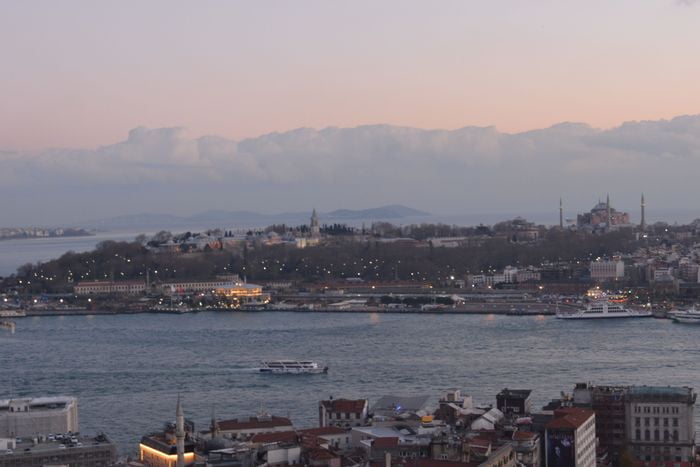Charting the Path of Perge’s Development through History
Q: How has Perge evolved over time?
Prof. Dr. Haluk Abbasoglu:Perge has been a settlement since ancient times. Changes observed post the 7th Century B.C. can be linked to a new culture arising from the interaction between Greek immigrants and native inhabitants. Urbanization continued in the 5th Century B.C. By the 3rd Century B.C., the site was encircled by robust city walls. Some monuments from this period, including the city gate fortified with round towers and the city walls, still endure in their original positions. However, the zenith of the site’s grandeur occurred during the 2nd Century A.D., the Roman Empire Period. With the Mediterranean Sea termed a ‘Roman Lake’ and Anatolia constituting a Roman State, the absence of wars and defense expenditures fueled a competition among sites to showcase the Empire’s glory Perge’s Hidden History. Most of the standing structures today, such as the Agora, Columned Street, baths, fountains, stadium, and theater, were erected during this period.
Q: What are your plans for the future of your works?
Prof. Dr. Haluk Abbasoglu:Our secondary plan for Perge excavations focuses on the plethora of statues unearthed. Perge appears to have housed a sculpture school, ranking as the second site, following Aphrodisias Private Tours Istanbul, with the highest quality marble statues. Although we haven’t pinpointed the exact location of the sculpture workshop, over 200 sculptures in excellent condition have been discovered. The exceptional quality of architectural and sculptural works during the 2nd Century A.D. has steered me toward an entirely new project.







